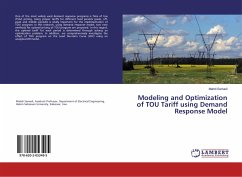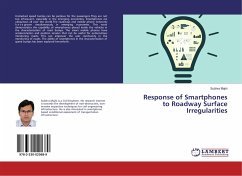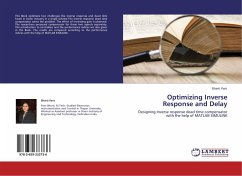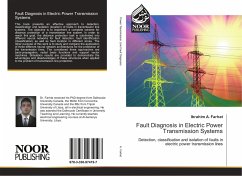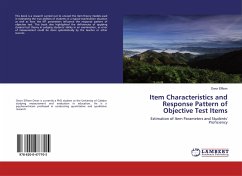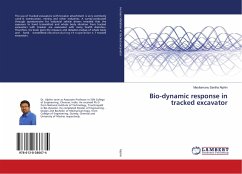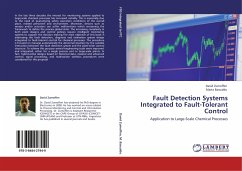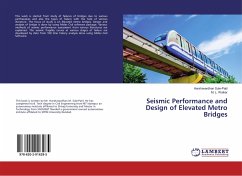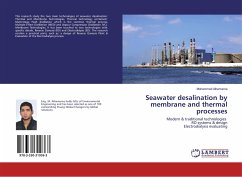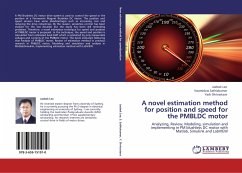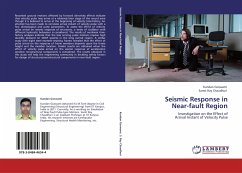
Seismic Response in Near-fault Region
Investigation on the Effect of Arrival Instant of Velocity Pulse
Versandkostenfrei!
Versandfertig in 6-10 Tagen
45,99 €
inkl. MwSt.

PAYBACK Punkte
23 °P sammeln!
Recorded ground motions affected by forward directivity effects indicate that velocity pulse may arrive at a relatively later stage of the record even though it is believed to arrive at the beginning of velocity time-history. An attempt has been made to correlate arrival instant of velocity pulse with a few seismological and pulse parameters. To assess the effect of velocity pulse arrival on seismic response of structures, a series of oscillator with different hysteretic behaviour is considered. The results of nonlinear time-history analyses indicate that the late arriving pulse motions impose...
Recorded ground motions affected by forward directivity effects indicate that velocity pulse may arrive at a relatively later stage of the record even though it is believed to arrive at the beginning of velocity time-history. An attempt has been made to correlate arrival instant of velocity pulse with a few seismological and pulse parameters. To assess the effect of velocity pulse arrival on seismic response of structures, a series of oscillator with different hysteretic behaviour is considered. The results of nonlinear time-history analyses indicate that the late arriving pulse motions impose high ductility demand on SDOF systems in the long period region. A similar study with eight steel moment-resisting frames revealed that the effect of pulse arrival on the response of frame members depends upon the frame height and the member location. Similar results are obtained when the effect of velocity pulse arrival on the seismic response of acceleration sensitive nonstructural components is considered. The results obtained in this study will help the engineering community in deciding safety factors for design of structures/nonstructural components in near-fault region.



